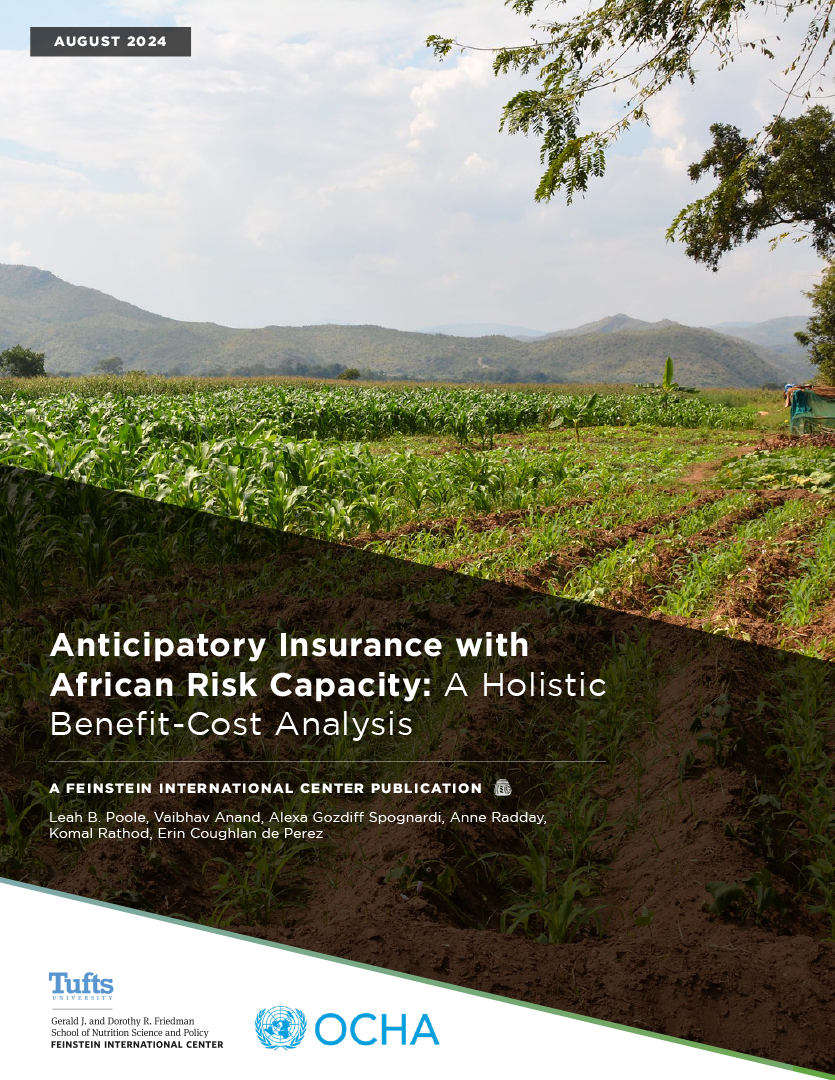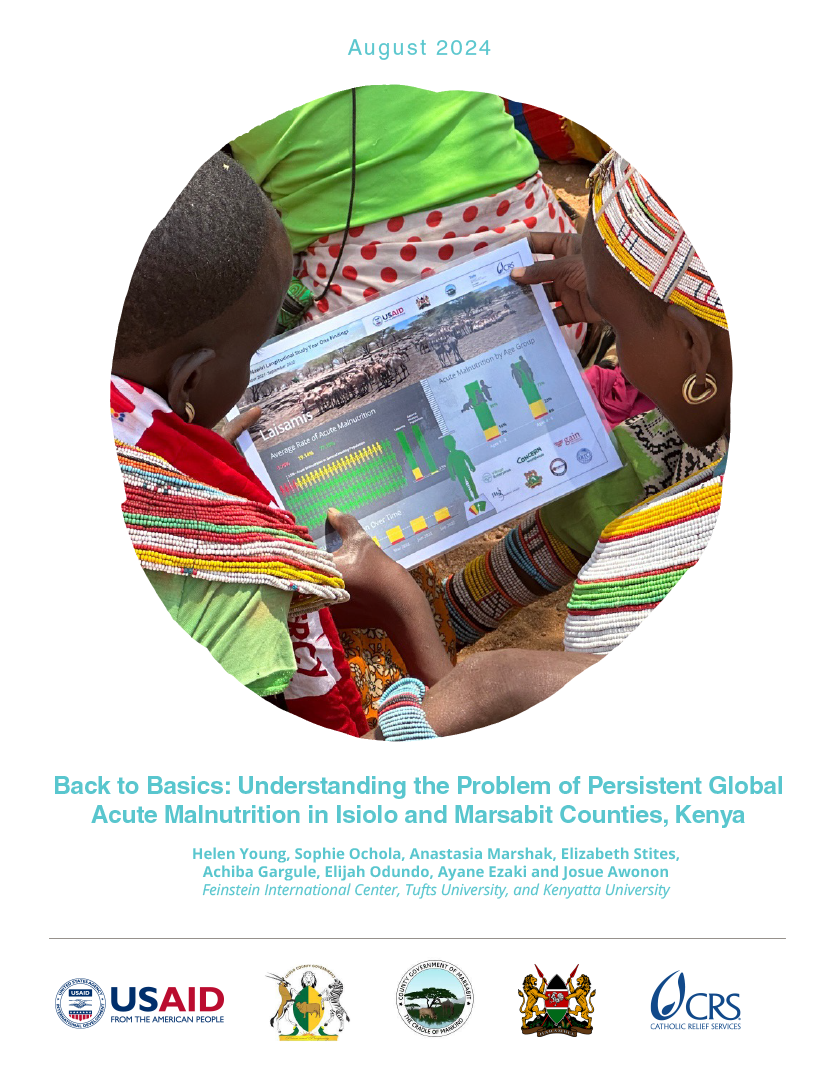Humanitarian assistance or safety net programs may be able to prevent mortality or reduce malnutrition in the face of shocks or crises, but households, their communities, and their institutions may still not fully recover from the effects of the shock. The ability of an individual, a household, a community, or an institution to “bounce back” in such a manner—to cope with adversity by adapting, learning, and innovating—has lately come to be termed “resilience.” Particularly in the aftermath of major regional food security crises in the Greater Horn of Africa and the Sahel in 2011 and 2012, resilience has become an important operational concept in chronically vulnerable or food-insecure areas of the world, although its use in development far predates these crises.
This report summarizes the findings of the “Livelihood Change over Time” study conducted jointly by the Feinstein International Center at Tufts University in the US and the College of Dryland Agriculture and Natural Resources at Mekelle University in Ethiopia. The study tracked household food security status over time, as well as changes in livelihoods and in particular, the dynamics of asset accumulation or loss. Over the course of the study, food security indicators improved steadily. There was not a corresponding improvement in the level of assets at the household level. This suggests that asset accumulation in both livelihood zones studied may be complicated by the presence of poverty traps, and that most households may be below the critical threshold beyond which the poverty traps theory suggests that growth becomes self-sustaining. These results confirm that the Productive Safety Net Programme (PSNP) is having the intended effect of protecting household food security and the level of household assets. Even among the lower socio-economic strata, assets do not decline significantly, even during the hunger season. However, net asset growth at the household levels appears to be constrained by poverty traps. Our data suggest a “human capital first” strategy—households reported increased labor availability compared to non-working members over time across both woredas and across socio-economic strata. Programs aimed at improving household asset portfolios and minimizing the risk of shocks continue to be very important.







